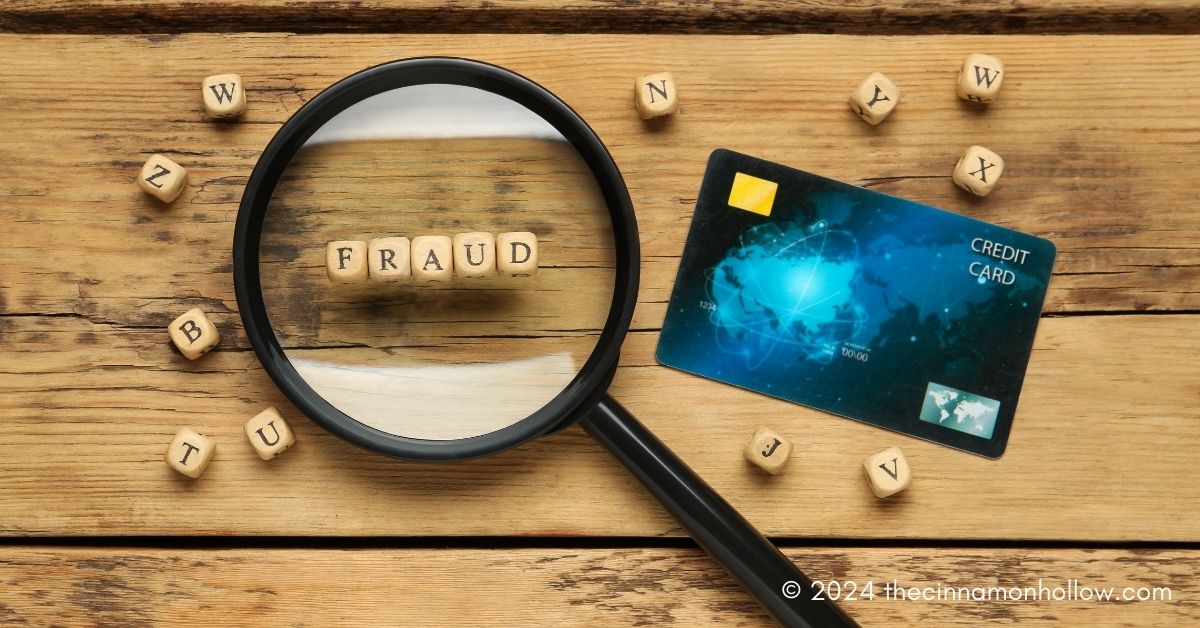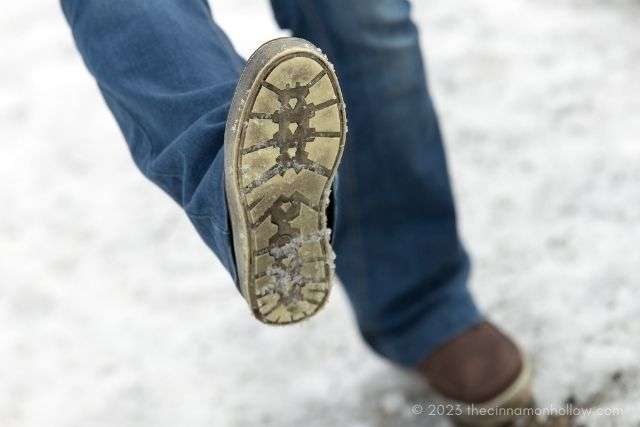Credit card fraud poses a significant threat to consumers worldwide, with millions falling victim to fraudulent charges each year. However, by taking proactive steps to safeguard your financial information, you can reduce the risk of falling prey to credit card fraud. In this guide, we’ll explore essential measures you can implement to protect yourself from becoming a victim of credit card fraud.
Monitor Your Credit Card Activity Regularly
One of the most effective ways to detect and prevent credit card fraud is by monitoring your credit card activity regularly. Make it a habit to review your credit card statements frequently, checking for any unauthorized transactions. Utilize online banking or mobile apps to monitor your account activity in real-time, allowing you to identify suspicious charges promptly. Look for any discrepancies in the transaction details, such as unfamiliar merchants or unusually large transactions. If you notice any unfamiliar or unauthorized transactions, report them to your credit card issuer immediately and request further investigation.
Safeguard Your Physical Card
Keeping your physical credit cards secure is crucial in preventing unauthorized use. Store your cards in a secure location, such as a wallet or purse, and avoid leaving them unattended or out in the open. Consider using a wallet or purse with RFID-blocking technology to protect against electronic pickpocketing and skimming devices. Be cautious when handing your card to cashiers, ensuring it’s returned promptly after each transaction. If you suspect your card has been lost or stolen, contact your credit card issuer immediately to report it and request a replacement card.
Be Wary of Phishing Scams
Phishing scams are a common tactic used by fraudsters to steal sensitive information, including credit card numbers and personal data. Protect yourself by being cautious when responding to unsolicited emails, texts, or phone calls. Avoid clicking on links or downloading attachments from unknown sources, as they may contain malware designed to steal your information. Verify the legitimacy of emails or messages purportedly from financial institutions before responding or providing any information. If you receive suspicious communications requesting sensitive information, contact your bank directly using a verified phone number or website to confirm their authenticity.
Use Secure Websites for Online Transactions
When making online purchases, it’s essential to ensure you’re using secure websites to protect your credit card information. Look for HTTPS and a padlock icon in the address bar, indicating that the website encrypts data transmitted between your browser and the site’s server. Avoid entering credit card information on unsecured or unfamiliar websites, as they may be vulnerable to hacking and data breaches. Consider using payment methods with additional security features, such as tokenization or two-factor authentication, for added protection. If you’re unsure about the security of a website, err on the side of caution and choose an alternative payment method or make your purchase from a trusted retailer.
Set Up Alerts and Notifications
Take advantage of alerts and notifications offered by your credit card issuer to stay informed about account activity. Enable transaction alerts to receive notifications for any transactions made with your credit card, allowing you to identify and report unauthorized charges promptly. Consider setting spending limits or restrictions on your card to prevent fraudulent transactions. Many credit card issuers also offer fraud monitoring services that can help detect and prevent suspicious activity on your account. Regularly review and update your contact information with your credit card issuer to ensure you receive timely alerts and notifications about your account activity.
Keep Your Personal Information Secure
Protecting your personal information is paramount in preventing credit card fraud. Avoid sharing sensitive information, such as your credit card number or PIN, with others, and be cautious when providing information over the phone or online. Shred documents containing personal or financial data before discarding them to prevent identity theft. Use strong, unique passwords for online accounts and update them regularly to reduce the risk of unauthorized access. Be cautious when sharing personal information on social media platforms or websites, as fraudsters may use this information to impersonate you or steal your identity.
Report Lost or Stolen Cards Immediately
If your credit card is lost or stolen, it’s crucial to take immediate action to prevent unauthorized use. Contact your credit card issuer as soon as possible to report the loss or theft and request a replacement card. Monitor your account for any unauthorized activity and consider placing a temporary freeze or lock on your card to prevent fraudulent transactions. By acting quickly, you can minimize the potential damage and liability associated with a lost or stolen credit card. Keep a record of your credit card issuer’s contact information in a secure location so that you can report any incidents promptly.
Protecting yourself from credit card fraud requires vigilance, awareness, and proactive measures to safeguard your financial information. By following the steps outlined in this guide, you can reduce the risk of falling victim to fraudulent activity and enjoy greater peace of mind knowing that your credit card information is secure. Remember to monitor your credit card activity regularly, use secure websites for online transactions, and report any suspicious charges or incidents immediately. By taking these precautions, you can minimize the likelihood of becoming a victim of credit card fraud and protect your financial well-being for years to come.
We are not lawyers and this is in no way intended to be used as legal advice . We cannot be held responsible for your results. Always do your own research and seek professional legal help.





